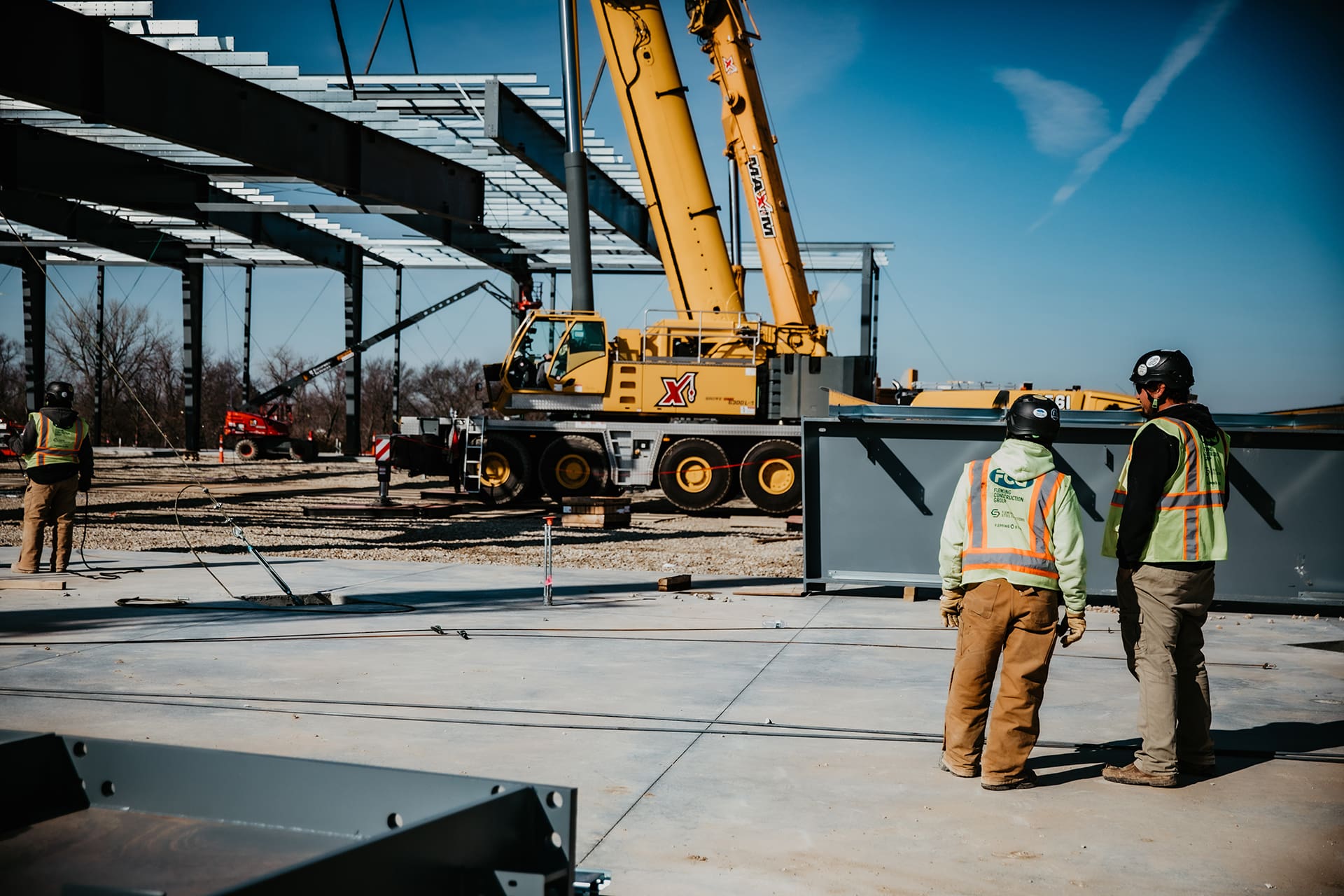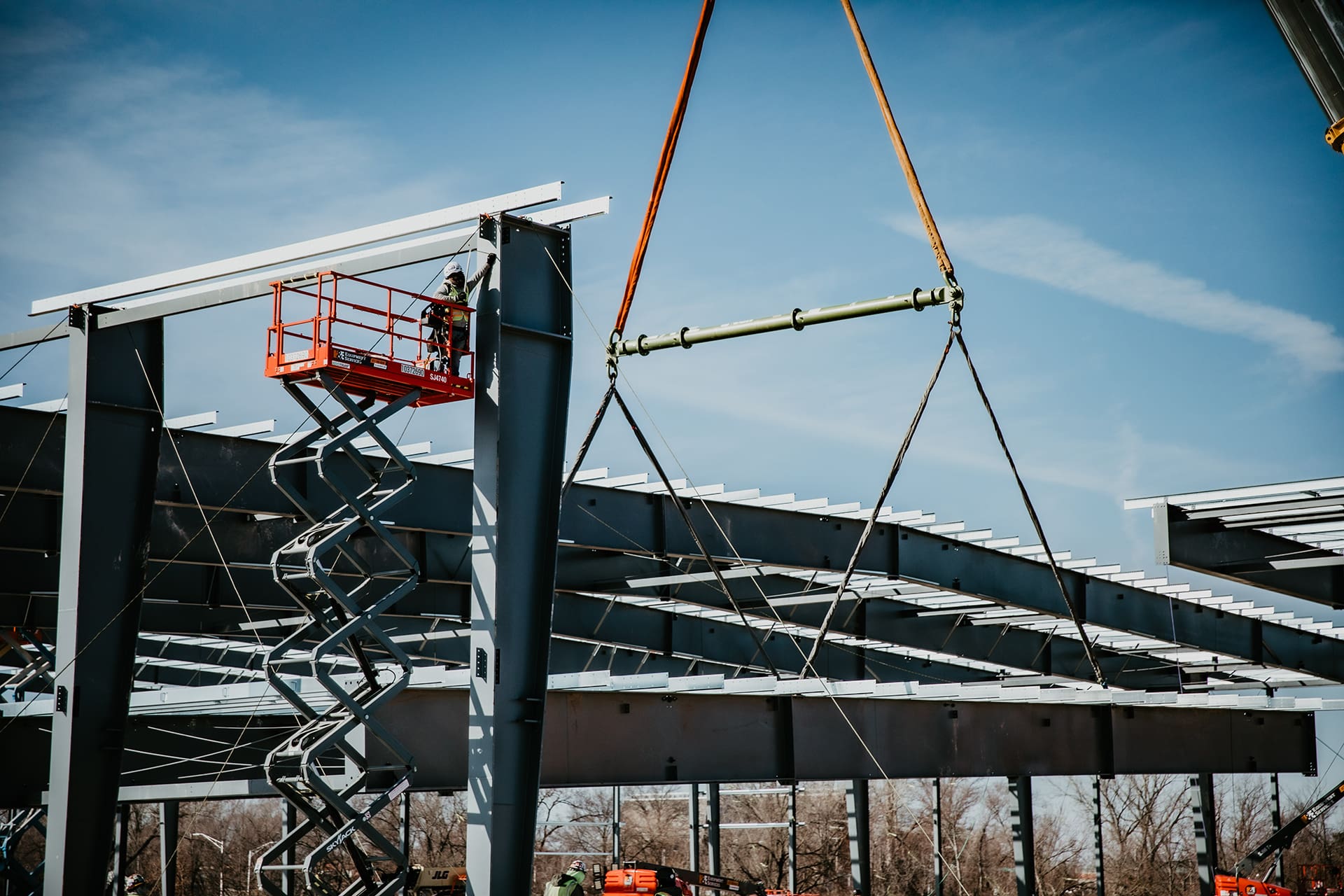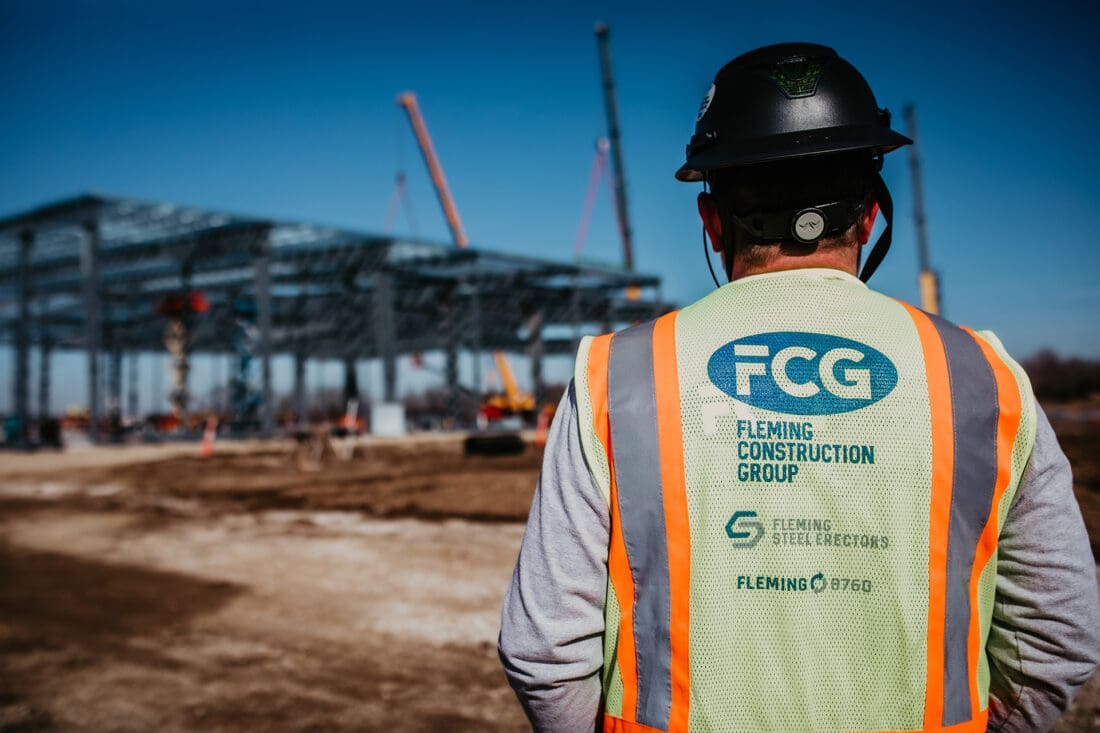OSHA 30 Training and Construction Facts and FAQs
The federal Occupational Safety and Health Administration (OSHA) has been around since 1970, and most people are somewhat familiar with its regulatory function. This powerful agency promulgates rules and standards for employers in various industries to protect the safety of workers.
Through its Outreach Training Program, OSHA also provides instruction for workers and employers in the ”recognition, avoidance, abatement, and prevention of workplace hazards.” The training also covers such related topics as workers’ rights, employer responsibilities, and OSHA itself. Training courses are conducted by private OSHA-authorized trainers throughout the United States.
Here are some frequently-asked questions and answers about OSHA—as it relates to the construction field:
WHO
Should Take an OSHA Course?
Anyone entering a field that involves safety risks would be well advised to take an OSHA course. And many jobs require it. Entry-level workers can take a 10-hour course, while supervisors, safety directors, forepersons and others in positions of responsibility are encouraged to take the 30-hour training—popularly known as OSHA 30.
WHEN
Is OSHA training required?
Several states require OSHA training for workers in various fields, including construction. Those states are Connecticut, Massachusetts, Missouri, Nevada, New Hampshire, New York, Pennsylvania, Rhode Island, and West Virginia. In addition, many employers, unions, and insurers require this training for those working in specific fields.
WHAT
Is an OSHA card?
Although OSHA is careful to note that completion of these courses is not a “certification,” the agency does authorize the issuance of a course completion card to those who finish the training successfully. Course offerings vary; some cover general safety instruction; others focus on specific fields—including construction. There are also “train the trainer” courses, which enable those who complete them to conduct training themselves. A person’s OSHA card will specify which course offering has been completed.

OSHA 30 in the Construction Field
Why is OSHA 30 training important in construction?
Few industries are more safety-conscious—or more prone to hazards—than the construction field. In 2020, the construction industry led the United States in fatal workplace injuries with 2,008 deaths. And that figure is not atypical. This underscores the importance of equipping all construction workers—especially those in supervisory roles—with training in safety standards and practices
Who needs an OSHA 30 card?
An OSHA 30 card is invaluable and often required for field supervisors, safety directors, and anyone seeking a position of responsibility in the industry.
What are the benefits of having an OSHA 30 card?
In addition to aid in getting a job, it can lead to higher pay and opportunities for advancement. Best of all, it can help promote safe practices and conditions in the workplace.
What subjects are covered in an OSHA 30 construction course?
Here is a sample list of topics covered in a typical 30-hour OSHA construction course:
- Introduction to OSHA
- Managing Safety and Health
- OSHA Focus Four Hazards
- Personal Protective Equipment
- Health Hazards in Construction
- Stairways and Ladders
- Concrete and Masonry Construction
- Confined Spaces
- Cranes, Derricks, Hoists, Elevators and Conveyors
- Ergonomics
- Excavations
- Fire Protection and Prevention
- Materials Handling, Use and Disposal
- Motor Vehicles, Mechanized Equipment and Marine Operations; Rollover Protective Structures and Overhead Protection; and Signs, Signals and Barricades
- Safety and Health Programs
- Scaffolds
- Tools – Hand and Power
- Welding and Cutting
- Silica Exposure
- Lead Exposure
- Asbestos Exposure

Is an OSHA 30 card all I need to work in construction?
There are additional OSHA-authorized courses covering specific topics. Some of these may be required for people who work in certain capacities.
Here are some examples of additional OSHA courses that apply to the construction field:
- OSHA #511. Occupational Safety and Health Standards for the Construction Industry
- OSHA #2015. Hazardous Materials
- OSHA #2055. Cranes in Construction
- OSHA #3085. Principles of Scaffolding
- OSHA #3115. Fall Protection
How long does an OSHA 30 course take?
OSHA 30 training requires 30 hours of course time, usually spread over several days.
How long does an OSHA 30 card last?
Course Completion Cards authorized by the Department of Labor do not expire. Different certifications offered by private providers may have expiration dates and require refresher courses or recertification.
How much does OSHA 30 training cost?
Individual companies can and do charge a wide range of fees for OSHA 30 training. Most courses cost between $140 and $200.
How can I find an OSHA 30 training provider?
OSHA provides a handy list of authorized trainers and a search form to help applicants locate trainers in specific areas or in specific industries.
Alternatively, conducting an online search for “OSHA 30 training in my area” should reveal several course providers, which an applicant can choose from based on price, location, convenience and quality.
Want more?
There’s more information on OSHA’s Outreach Training Program FAQ page.


